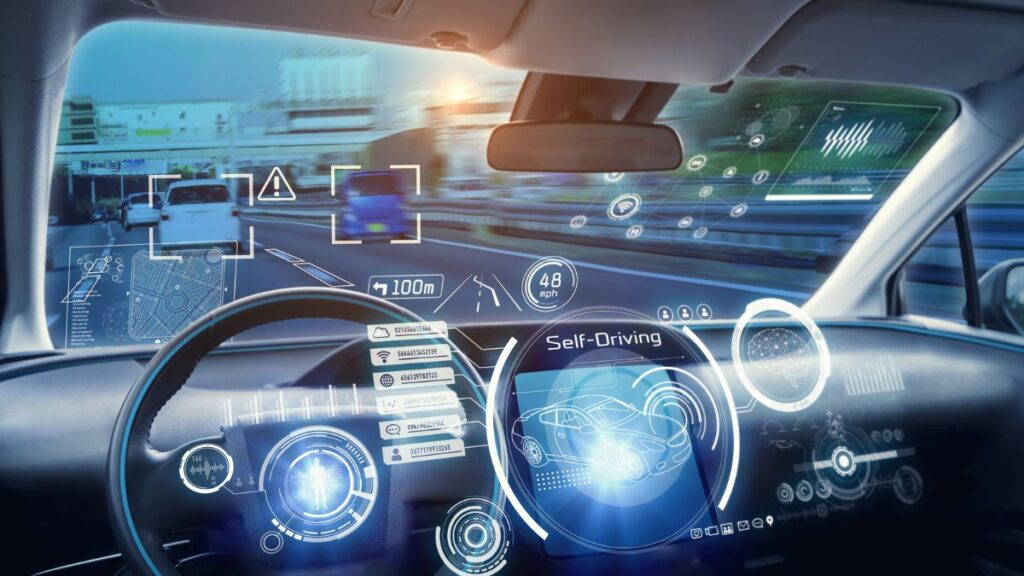
The attachment to smartphones in today’s society is almost unbreakable. However, there is a diverse selection of smartphone solutions available to prevent drivers from putting other travelers at-risk by choosing to text and drive.
This is the final post in the three part series on dangerous driving distractions. The links to parts one and two are below:
Smartphone Solutions
Part 4 of this series will utilize three different methods to help solve the texting and driving problem.
Before getting into strategic smartphone solutions, the first method will look at the history of cell phones to provide some context on how this problem became such a menace. By learning from the past, you can use the solutions contained in the other method to prevent smartphone distractions.
Method No. 2 will focus on providing some solutions to help limit and hopefully eliminate smartphone distractions on the road.
Smartphones: A History
Before the smartphone era began with the first iPhone in 2007, calling someone on the phone was a more deliberate action compared to today. Cell phones obviously didn’t begin with Apple’s tentpole device as flip phones, BlackBerry, etc. were readily available.
The difference between BlackBerry devices and smartphones is that smartphones never force your eyes off the screen. Everything is contained right on the screen, you can read the message on the screen and even type your reply by using a virtual keyboard. BlackBerry devices had small, physical keyboards attached to the screen for email and text messaging purposes. Since BlackBerry devices use physical keyboards, you not only need to use both hands to type a message, but also most likely need to glance at the keys, since the buttons were pretty small. The extra amount of effort it takes to use a BlackBerry made it difficult to text and drive.
Flip Phone
The aptly named “flip phone” refers to the permanent physical cover that is placed in front of the phone screen. In order to answer a call or text message from someone, you had to flip open the phone in order to answer the call or read the message.
These phones didn’t have a touchscreen, in order to navigate between menus, you had to use arrow buttons or a touchpad. The process of typing a text message was similar to dialing a phone number that had letters. For example, you might see a number like 864-123-call, in order to call that number, you’d dial 864-123-2255 (Not a real number).
Text messaging takes the numeric keys and turns them into letters. Say you want to send a simple text message like “Hi.” First, you’d have to tap the “#” key in order to capitalize the letter “H,” then tap the “4” key 2x to select the letter “H.” In order to change to lowercase for the letter “i,” you tap the “#” key again, then tap the “4” key 3x to select the letter “i.” As you can see, this process of sending a text message takes a deliberate amount of effort compared to the accessibility of smartphones.
Using a smartphone is as much of instinct as it’s a deliberate decision. The older models of cell phones had certain obstacles that made using them in transit a bit more difficult. The ease of use of today’s smartphone technology also led to an increased risk of distraction. T
4 Types of Smart Solutions
There is a vast array of tools and strategies available to prevent cell phone usage while driving. The best place to start is by identifying common scenarios that need to be accounted for, then finding a solution to address the situation.
Here are the four different types :
- Practical
- Texting and Driving
- GPS
- Legal
Practical Scenario
Turn your phone on silent and place the phone in your vehicle’s glove compartment. Placing your phone next to your insurance card ensures that your phone isn’t within arm’s reach and prevents the driver from looking at the screen.
Texting and Driving Scenario
LifeSaver (iPhone, Android): You need a cell phone app that prevents phone calls and text messaging while driving. An app like LifeSaver will lock your phone while driving impeding your ability to use the phone.
The LifeSaver app automatically runs in the background once the vehicle is in motion.
Traveling
On My Way (iPhone): If you’re leaving to visit friends or family, you most likely will let them know when you’re on your way and planning to arrive. Sending a text message before driving isn’t a problem, but if there are any delays, many drivers will send a text message updating them on the trip progress.
On My Way is a GPS app that allows you to send a private link via text to a contact or group. Once clicked, the person can track your trip progress in real-time.
Legal
Currently, there is a loose ban on texting and driving in South Carolina. Texting and driving is a secondary traffic violation, which means that the driver has to commit another traffic violation (speeding, sudden lane change, failure to come to a complete stop, etc.) before receiving a citation for using the phone.
However, there is a movement to make the ban on texting and driving more restrictive.
If you’re injured in a car accident involving a distracted driver, please don’t hesitate to contact Thomas Creech Law Offices to discuss your options. Thomas Creech is a lifelong resident of Greenville and utilizes his 20 years of courtroom experience to fight for seriously injured clients throughout The Upstate of South Carolina.
You can request a free consultation by phone at 864-235-4999, or simply fill out the form below.
[contact-form-7 id=”3838″ title=”Contact Us”]

